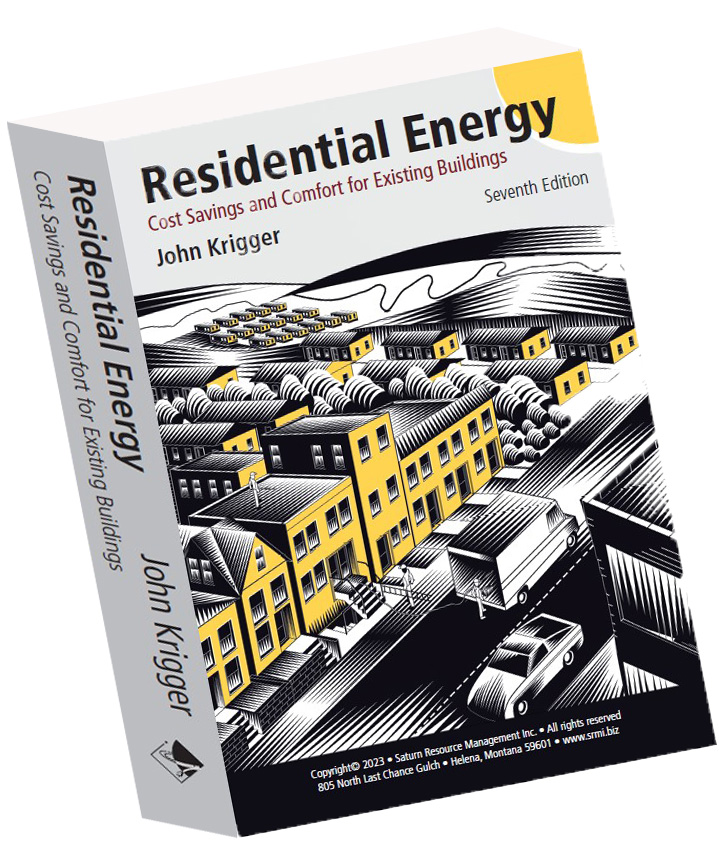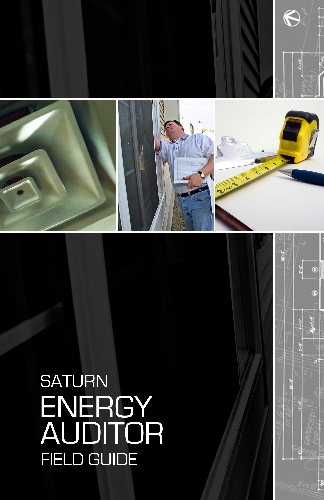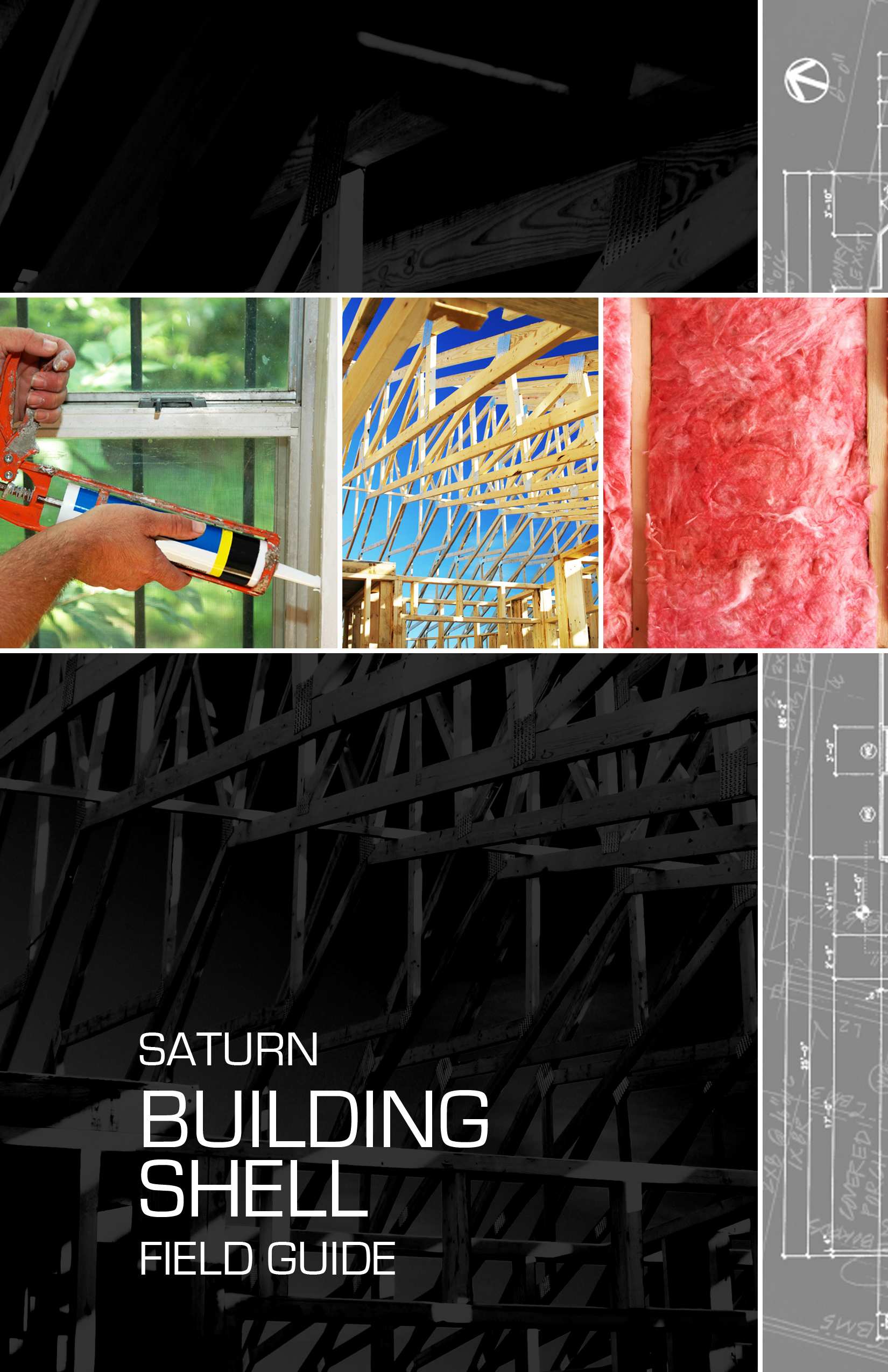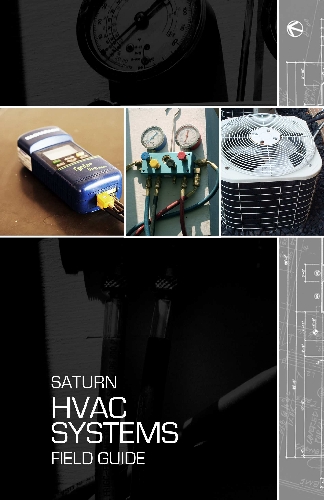Saturn
Resource Management
Books, Online Education, Resources and More.
Students: Access your courses and redeem course vouchers from your Student Dashboard in the Training menu above.
Bookstore
Books, field guides, technical briefs and reference sheets.
Training
Pass an exam to earn CEUs, badges and certificates.
About Us
Our mission and vision statements. Who we are and what we do.
Our #1 Best Seller
Residential Energy
(SEVENTH EDITION)
Residential Energy is widely recognized as one of the best textbooks available on home energy conservation. It’s used by hundreds of colleges and technical schools across North America. Residential Energy is an essential reference manual for home energy raters, energy auditors, weatherization technicians, carpenters, heating and air-conditioning specialists, insulation contractors, plumbers, electricians, and home-improvement enthusiasts.
Popular







